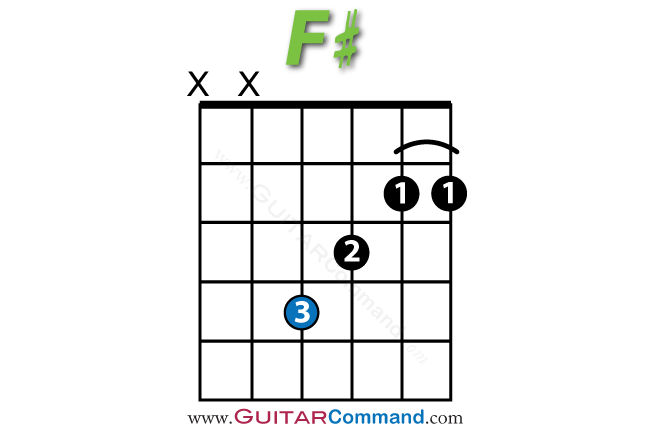
The key to fix most of these issues is focusing on your thumb positioning on the back of the neck as well as the angle your fingers are coming down on the fretboard.


There is another fingering that uses a barre with either your pinky or your ring finger on the 8th fret. This shape can be a bit more challenging on your hand since the 2 fret gap between the index and middle finger is sometimes a challenge, compressing 3 fingers on the 10th fret can also be a bit tough at first.Ĭheck out this excellent F barre chord exercise: The term barre refers to the hand position which acts as a barre to act as if the nut has moved to a new position. A barre chord is a chord formed when the fingers, usually the index finger, blocks more than 1 string and acts as a guitar capo.
F BAR CHORD ALTERNATIVE HOW TO
Supposing that this is your first barre chord, we will give a short insight on how a barre chord is formed and how to play it cleanly. The most used position of the F chord is the classic barred chord at the 1st fret. Place your fourth finger (pinky) on the 3rd fret of the D string.Place your third finger (ring) on the 3rd fret of the A string.Barre your first finger (index) down on the 1st fret across all 6 strings.The fingering for an F Barre chord with the root note on the low E string is as follows: The first position was based with a root on the low E string, the second with the root note on the A string. Barre chords can be played in different positions on the fretboard using different fingering depending on the location of the root note.
F BAR CHORD ALTERNATIVE FULL
Similar to the first chord above, here we have the full barre chord version of an F major chord.

This position puts an angle on the fingers and makes it easier to hold the barre for the bottom 2 or 3 Fingers. You can place the inner part of the hand, meaning the inner side of your thumb, rather than the tip, on the guitar neck. For this particular type of partial barre chord, the hand position can be slightly different than the strict hand position needed to play full barre chords. Alternatively, you can play only the 3 bottom strings, leaving the D string muted since the F note is repeated twice in the same chord in both the E and D strings. Imagine this chord as a mini barred chord, since you only barre the 2 bottom strings. Stum the 4 bottom strings, keeping the A and low E strings muted.Place your third finger (ring) on the 3rd fret of the D string.Place your second finger (middle) on the 2nd fret of the G string.



 0 kommentar(er)
0 kommentar(er)
